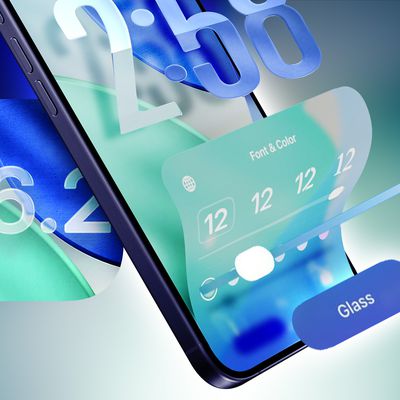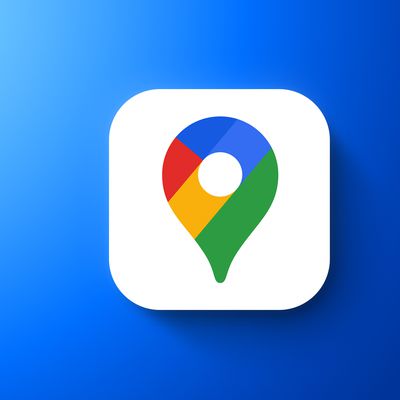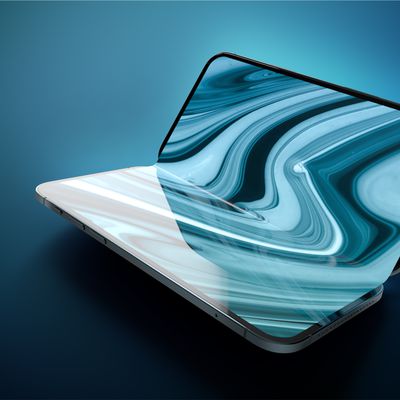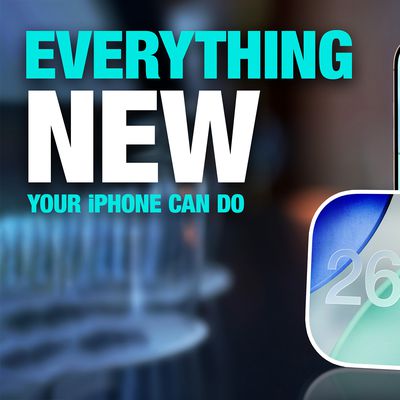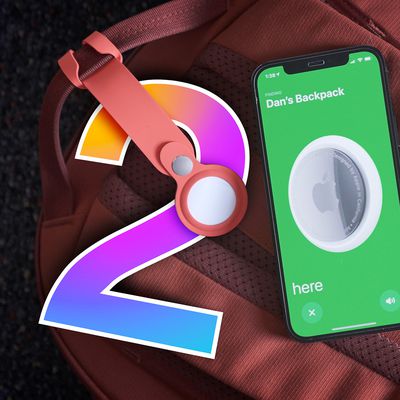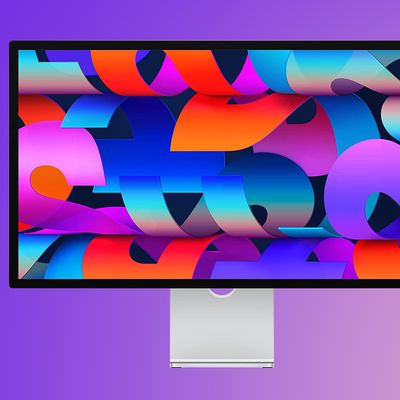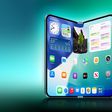Apple Grows Self-Driving Car Fleet to 62 Vehicles in California
Apple's fleet of self-driving vehicles roaming the streets of California is now at 62 vehicles and 87 drivers, up from 55 vehicles and 83 drivers just two weeks ago. The numbers come from ongoing coverage provided by macReports, citing information obtained from the California Department of Motor Vehicles.
Apple has been expanding its autonomous vehicle test since it was granted a permit from the California DMV in April 2017, enabling it to test the advanced technology on public roads in the state. Beginning in early 2018, multiple sources reported on the number of vehicles in Apple's fleet, with 27 autonomous vehicles counted in January and 45 in March.
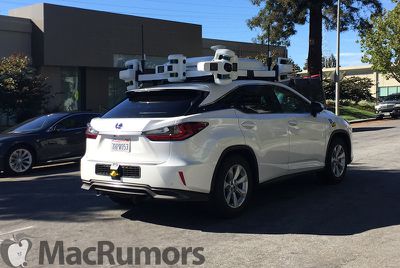
Each of Apple's cars is equipped with the company's in-development autonomous driving software, along with advanced LIDAR equipment and an array of cameras to detect the vehicle's surroundings. The actual cars are Lexus RX450h sports utility vehicles and must have safety drivers inside of them, since Apple's permit does not include driverless testing.
Apple's growing collection of self-driving vehicles is reportedly gathering data for the company's long-rumored autonomous vehicle software. Apple initially pivoted to self-driving car software when plans for its own electric vehicle fell through.
As Apple continues to grow the fleet, it's still unclear exactly what the company will do with the software when it's finished the testing phase. One likely possibility will be a partnership between Apple and an existing car manufacturer to place the self-driving software inside a vehicle not built by Apple, which could be implemented through a future version of CarPlay.
Rumors that date back to 2016 suggest the software could include augmented reality aspects, like a heads-up display that provides a collection of useful driving details from various apps. Since those rumors, AR has become a huge field of interest for Apple with the launch of the iPhone X and ARKit, so it's easy to see Apple's interest in potentially expanding such technology into driving.
More recently, in June 2017 Apple CEO Tim Cook confirmed Apple's work on autonomous software: "We're focusing on autonomous systems. It's a core technology that we view as very important. We sort of see it as the mother of all AI projects... it's probably one of the most difficult AI projects to actually work on."
Popular Stories
Apple seeded the second iOS 26.2 Release Candidate to developers earlier this week, meaning the update will be released to the general public very soon.
Apple confirmed iOS 26.2 would be released in December, but it did not provide a specific date. We expect the update to be released by early next week.
iOS 26.2 includes a handful of new features and changes on the iPhone, such as a new...
Google Maps on iOS quietly gained a new feature recently that automatically recognizes where you've parked your vehicle and saves the location for you.
Announced on LinkedIn by Rio Akasaka, Google Maps' senior product manager, the new feature auto-detects your parked location even if you don't use the parking pin function, saves it for up to 48 hours, and then automatically removes it once...
Apple has ordered 22 million OLED panels from Samsung Display for the first foldable iPhone, signaling a significantly larger production target than the display industry had previously anticipated, ET News reports.
In the now-seemingly deleted report, ET News claimed that Samsung plans to mass-produce 11 million inward-folding OLED displays for Apple next year, as well as 11 million...
Apple today released new firmware designed for the AirPods Pro 3 and the prior-generation AirPods Pro 2. The AirPods Pro 3 firmware is 8B30, up from 8B25, while the AirPods Pro 2 firmware is 8B28, up from 8B21.
There's no word on what's include in the updated firmware, but the AirPods Pro 2 and AirPods Pro 3 are getting expanded support for Live Translation in the European Union in iOS...
Apple is about to release iOS 26.2, the second major point update for iPhones since iOS 26 was rolled out in September, and there are at least 15 notable changes and improvements worth checking out. We've rounded them up below.
Apple is expected to roll out iOS 26.2 to compatible devices sometime between December 8 and December 16. When the update drops, you can check Apple's servers for the ...
The AirTag 2 will include a handful of new features that will improve tracking capabilities, according to a new report from Macworld. The site says that it was able to access an internal build of iOS 26, which includes references to multiple unreleased products.
Here's what's supposedly coming:
An improved pairing process, though no details were provided. AirTag pairing is already...
Apple today seeded the second release candidate version of iOS 26.2 to developers and public beta testers, with the software coming one week after Apple seeded the first RC. The release candidate represents the final version iOS 26.2 that will be provided to the public if no further bugs are found.
Registered developers and public beta testers can download the betas from the Settings app on...
Apple is actively testing under-screen Face ID for next year's iPhone 18 Pro models using a special "spliced micro-transparent glass" window built into the display, claims a Chinese leaker.
According to "Smart Pikachu," a Weibo account that has previously shared accurate supply-chain details on Chinese Android hardware, Apple is testing the special glass as a way to let the TrueDepth...
Apple is working on a smart home hub that will rely heavily on the more capable version of Siri that's coming next year. We've heard quite a bit about the hub over the last two years, but a recent iOS 26 code leak provides additional insight into what we can expect and confirms rumored features.
Macworld claims to have access to an internal version of iOS 26 that references several upcoming...
Apple's next-generation Studio Display is expected to arrive early next year, and a new report allegedly provides a couple more details on the external monitor's capabilities.
According to internal Apple code seen by Macworld, the new external display will feature a variable refresh rate capable of up to 120Hz – aka ProMotion – as well as support for HDR content. The current Studio...



